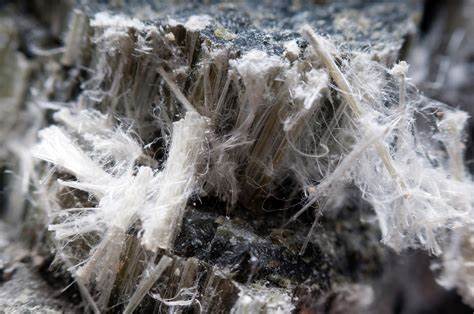WHAT IS EFFLORESCENCE?
Chalky white stains on the basement walls or floor are called efflorescence – a sign that you have moisture in the basement. It doesn’t necessarily mean that you have a crisis, but it is something that shouldn’t be ignored until you have had it looked at by a qualified professional, who can assess the severity of the issue.
Many of us have come across this strange phenomenon; a white powdery substance comes out of the concrete foundation. It can be on the walls or on the floor. On the floor it can look like it is growing up out of the floor, appearing as a small fluffy spike one might expect to find in a cave rather than in your basement. It can be alarming if you do not know what it is or how to remedy it. Keep reading for more info and a few tips on drying out the area or ridding your basement of efflorescence.
- A source of water-soluble salts.
- Water moving through the concrete to carry the minerals to the surface. The water evaporates and leaves the white powder behind.
MORE ABOUT EFFLORESCENCE
A Licensed Home Inspector will document their findings if efflorescence is present and may even be able to trace where the moisture is coming from, if this is possible without performing an invasive inspection. Your inspector will recommend further evaluation by a drainage or basement specialist if deemed necessary.
People sometimes become worried that efflorescence is a mold growth. It is not organic in nature like a mold or fungus but is rather a mineral instead. However, since efflorescence is indicative of the past or current presence of moisture, the potential for mold growth in other areas is increased. You can not have mold without moisture, and we now know that moisture was present. By removing the moisture, the likelihood of mold growth decreases. You can use dehumidifiers in the immediate area of the moisture and a fan blowing directly on the wall or floor to help dry it out. A whole house ventilation system will help keep the humidity in the basement under control year-round. There are products on the market that can be used to eliminate efflorescence, but all you’d really need is some vinegar, a stiff scrub brush, and some rigorous scrubbing.
If the problem is more serious, then it could be that you will need a perimeter drain system installed or some basement waterproofing or a sump pump installed to stop the problem where it is starting. The occasional dampness in a home is sometimes a minor problem that you, the homeowner, can solve yourself. However, foundation leakage can be very serious; of course the key is to know the difference. Knowledge is power. If there is efflorescence in your basement you should seek out the advice of a basement waterproofing contractor.





